In a world where travel has become easier than ever, a handful of places remain permanently off-limits. These destinations are either too sacred, too dangerous, or too mysterious to be opened to the public. While tourists explore ancient ruins and climb iconic peaks, certain corners of the Earth are locked away fueling curiosity with their forbidden nature. Here’s a look at five of the world’s most secret and restricted locations that continue to capture the imagination of men who admire mystery, history, and the unknown.
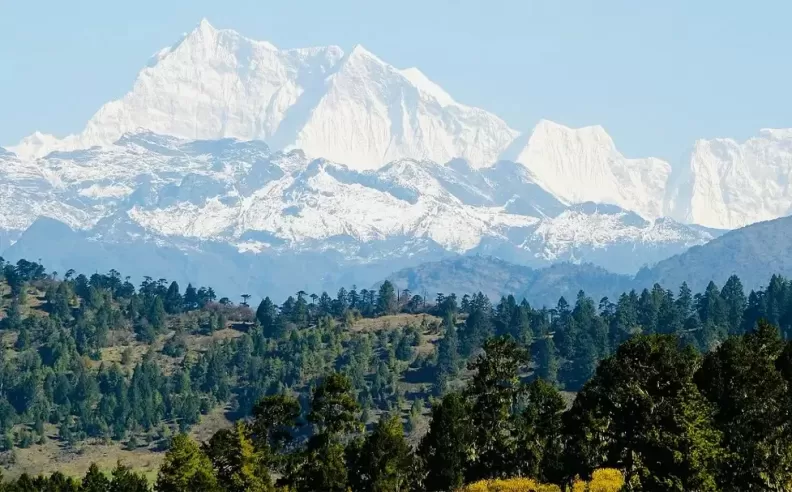
Nestled in Bhutan, Gangkhar Puensum stands as the highest unclimbed mountain on Earth at 7,570 meters. Since 2003, Bhutanese authorities have officially banned all climbing attempts not due to physical danger, but out of deep respect for local spiritual beliefs that consider the mountain a sacred dwelling place for spirits. This decision preserves not just nature, but the spiritual identity of the land, making it one of the last truly untouched places on the planet.
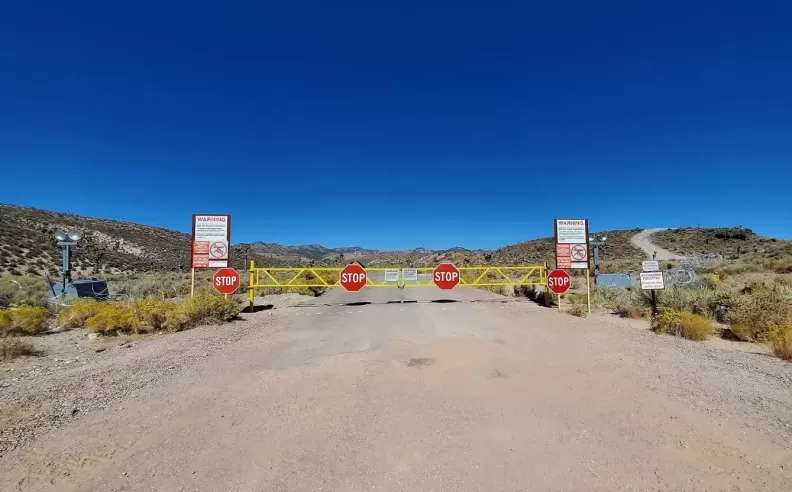
Hidden deep in Nevada’s desert, Area 51 has become synonymous with government secrecy and alien conspiracy theories. Believed to be the site of classified aircraft testing, the facility is under constant surveillance and protected by advanced security systems. Despite the U.S. government only acknowledging its existence recently, its real purpose remains undisclosed, keeping the legends alive and curiosity high.
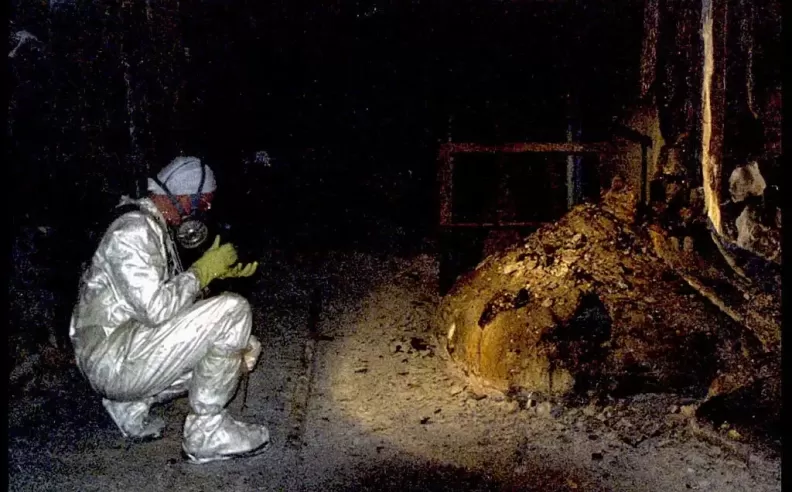
After the 1986 Chernobyl disaster, a massive formation of molten nuclear material dubbed the "Elephant’s Foot" emerged beneath Reactor 4. This highly radioactive mass is so dangerous that just standing near it for a few minutes could be fatal. Although encased and monitored, it remains one of the most toxic artifacts of human history impossible to approach and permanently off-limits.
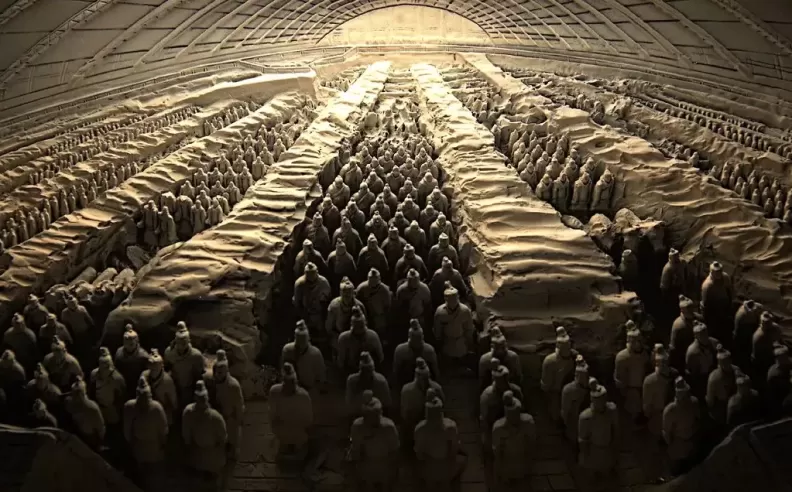
Qin Shi Huang’s burial site, located in China, has remained sealed for over two millennia. Believed to contain rivers of mercury and elaborate underground architecture, the tomb poses both a chemical hazard and a cultural dilemma. The Chinese government continues to forbid excavation, out of respect for ancient customs and concern over disturbing a site of immense historical and symbolic importance.
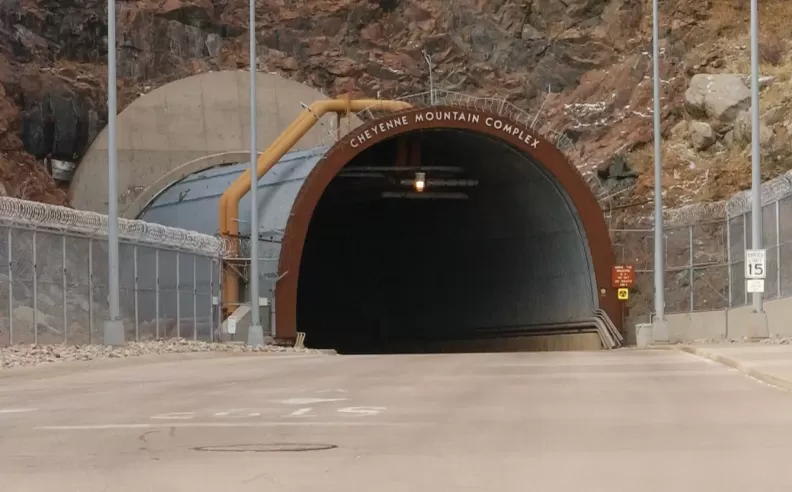
Tucked beneath the granite of Colorado’s Cheyenne Mountain, this Cold War-era command center was built to withstand nuclear attacks. Operated by NORAD, it serves as a top-security hub for satellite monitoring and missile defense operations. The facility remains strictly off-limits to civilians, with only select military personnel granted access. Its heavily fortified interior reportedly includes blast-proof doors and an underground city designed for crisis scenarios.
These places aren’t just geographically remote they’re shrouded in policy, myth, danger, and reverence. For those fascinated by what lies beyond reach, these hidden sites serve as powerful reminders that some mysteries are meant to remain untouched.

Started my career in Automotive Journalism in 2015. Even though I'm a pharmacist, hanging around cars all the time has created a passion for the automotive industry since day 1.